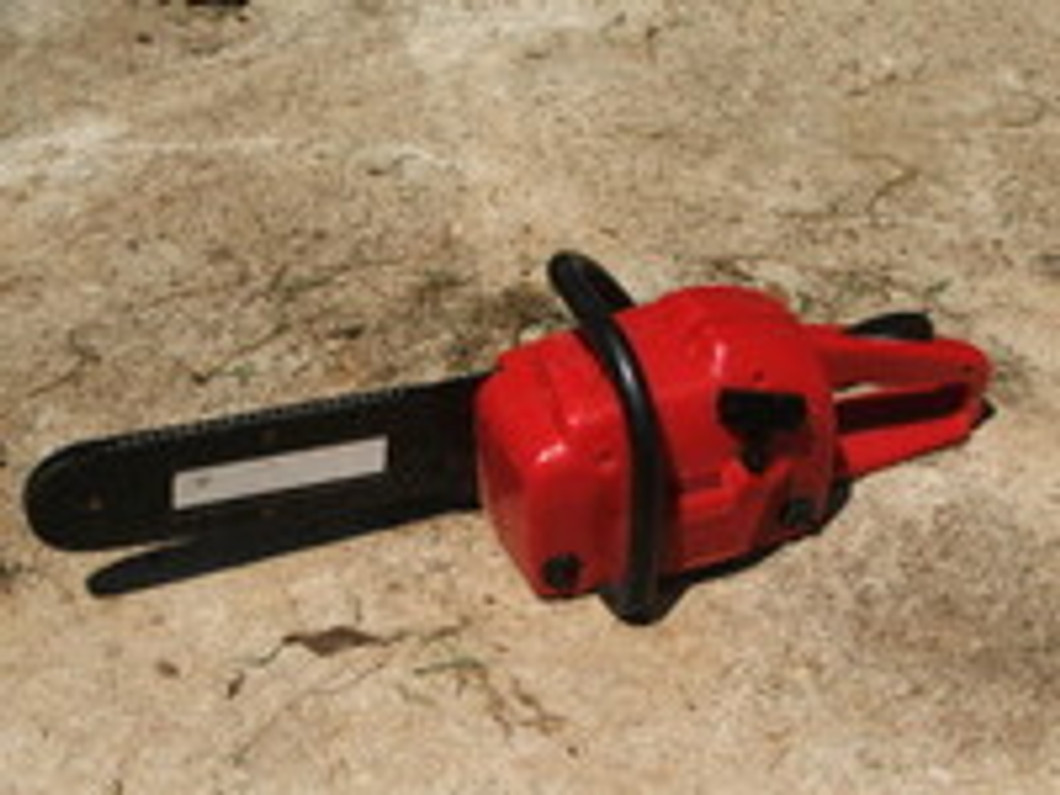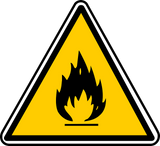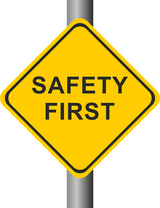Chainsaw Safety Tips
Chainsaws are in invaluable tool in both the consumer and industrial setting. Lumberjacks, landscapers and construction crews rely on their powerful, fast-cutting abilities, while homeowners often use them for remodeling/renovation projects. Regardless of the setting, however, there's an innate risk of injury when operating a chainsaw. To protect yourself from such injury, it's recommended that you follow some basic precautions.
According to the U.S. Consumer Products Safety Commission (CPSC), there were approximately 28,500 injuries caused by chainsaws in 1999, a third of which involved the legs, knees and lower exterminates. Treating a typical non-fatal chainsaw injury costs approximately $12,000 and involved over 110 stitches.
Check Your Chainsaw Before Using It
The Occupational Safety and Health Administration (OSHA) recommends workers check the controls, bolts, chain tension and handles of a chainsaw before using it. All of these components should be functional and adjusted according to the manufacturer's specifications.
You should also check the chainsaw's blade to ensure it's sharp and not dull. A dull blade can actually prove more dangerous than a sharp one, as it increases the risk of getting caught in the material; thus, causing a kickback. If necessary, sharpen the blade before operating your chainsaw.
Fueling a Chainsaw
Improper fueling of a chainsaw can lead to serious injury or even death. Only transport fuel to the chainsaw in an approved container. When dispensing fuel into the chainsaw, maintain a minimum distance of 10 feet away from any sources of ignition. Also, you should never attempt to refuel a chainsaw while it's still hot. The heat may trigger combustion, causing the chainsaw to catch fire and/or explode.
Operating a Chainsaw
- Remove all watches, bracelets and other jewelry when operating a chainsaw.
- Avoid wearing loose-fitting clothing or accessories.
- Wear a pair of cut-resistant gloves.
- When chainsawing a tree, remove all nails, wire and other debris from the trunk.
- Wear boots with a steel toe and non-slip sole.
- Keep your hands secured on the chainsaw's handles at all time.
- Maintain proper footing to minimize the risk of slipping and falling.
- To reduce the risk of kickback, saw with the sides of the chainsaw instead of the tip.
- In addition to kickbacks, you should be aware of pusbacks. A pushback occurs when the top of the blade runs into a foreign object.
Have any other chainsaw safety tips you'd like to share with our readers? Let us know in the comments section below!
Recent Posts
-
Fire Safety in the Workplace: What You Need to Know
What steps are you taking to prevent fires in your workplace? According to the U.S. Occupational Saf …Aug 23rd 2023 -
Is It Safe to Go Jogging With a Cold Infection?
If you're suffering from a cold infection, you might be wondering whether it's safe to go jogging. T …Aug 22nd 2023 -
5 Safety Tips to Follow When Using a Powder-Actuated Tool
Powder-actuated tools are commonly used to join materials to steel and concrete. Also known as Hilti …Aug 20th 2023




